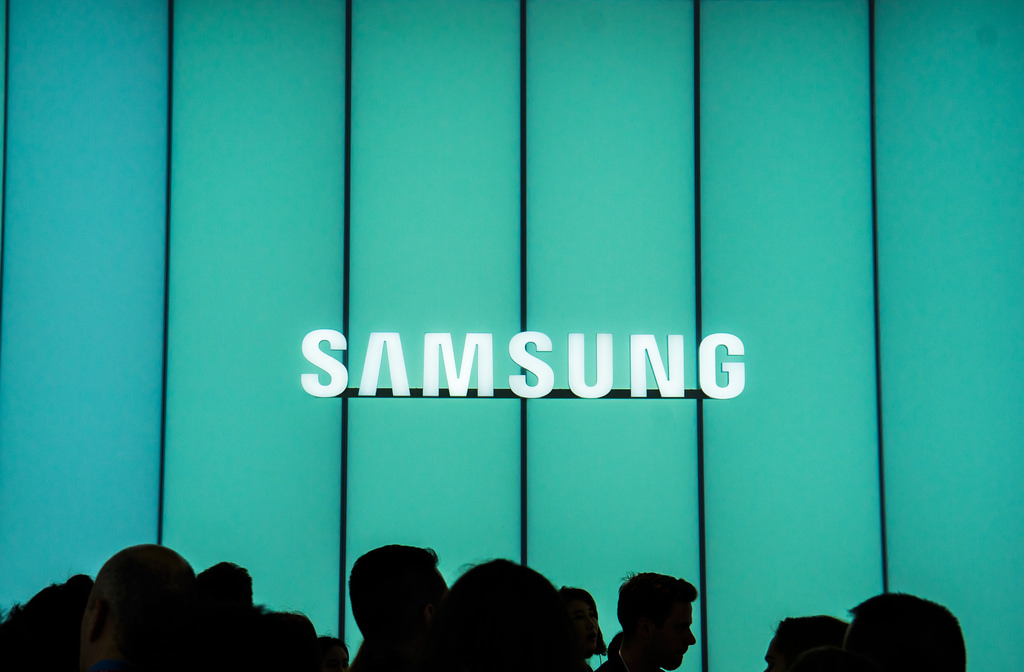Samsung Electronics Co. Ltd. plans to introduce two models of smart phones with flexible screen, Bloomberg reported, citing sources familiar with the matter.
Smartphones with flexible screen can be presented in early 2017, the spokesman said on condition of anonymity. The devices will use organic light emitting diodes.
One of the devices will be slightly opened in the middle, like a ladies' powder box, says the agency. The second model will look like a regular smartphone with a screen diagonal of 5 inches, but then its body can "unfold" to size of a tablet PC, that is, about 8 inches in diagonal.
Bloomberg reminds that Samsung is the largest supplier of OLED screens for mobile devices. According to the agency, the advanced technology in the screen design is part of a marketing campaign to lure customers from Apple, and to rectify the situation in the financial statements.
The fact that Samsung is going to create a mobile device with a flexible screen was revealed in the September 2015, when Sam Mobile (specializing in news about Samsung brand) also cited anonymous interlocutors. The source of the leak was a message on Weibo that the Korean company is testing flexible smartphone with two different Qualcomm processors. It was expected that the device would be presented within six months - approximately in January 2016.
"These smart phones can alter the entire device market, if Samsung will create a user-friendly interface specifically for the flexible screens, - told analyst at IBK Securities Lee Seung Woo. - Their main problem was to create a transparent and, at the same time, durable plastic. They seem to have this problem solved. "
In 2015, Samsung's revenue was $ 180 billion, and operating income - $ 23 billion.
source: bloomberg.com
Smartphones with flexible screen can be presented in early 2017, the spokesman said on condition of anonymity. The devices will use organic light emitting diodes.
One of the devices will be slightly opened in the middle, like a ladies' powder box, says the agency. The second model will look like a regular smartphone with a screen diagonal of 5 inches, but then its body can "unfold" to size of a tablet PC, that is, about 8 inches in diagonal.
Bloomberg reminds that Samsung is the largest supplier of OLED screens for mobile devices. According to the agency, the advanced technology in the screen design is part of a marketing campaign to lure customers from Apple, and to rectify the situation in the financial statements.
The fact that Samsung is going to create a mobile device with a flexible screen was revealed in the September 2015, when Sam Mobile (specializing in news about Samsung brand) also cited anonymous interlocutors. The source of the leak was a message on Weibo that the Korean company is testing flexible smartphone with two different Qualcomm processors. It was expected that the device would be presented within six months - approximately in January 2016.
"These smart phones can alter the entire device market, if Samsung will create a user-friendly interface specifically for the flexible screens, - told analyst at IBK Securities Lee Seung Woo. - Their main problem was to create a transparent and, at the same time, durable plastic. They seem to have this problem solved. "
In 2015, Samsung's revenue was $ 180 billion, and operating income - $ 23 billion.
source: bloomberg.com





